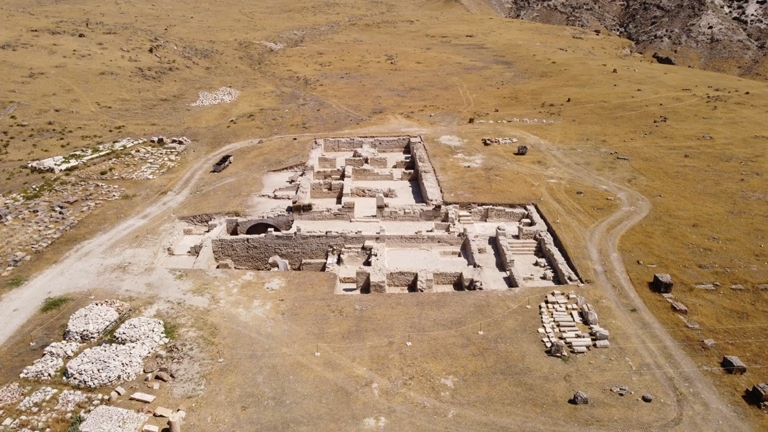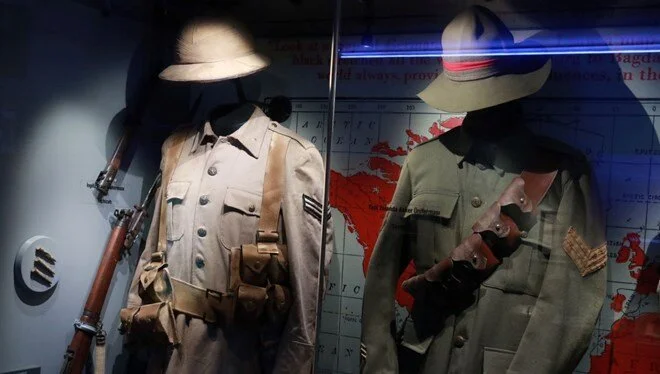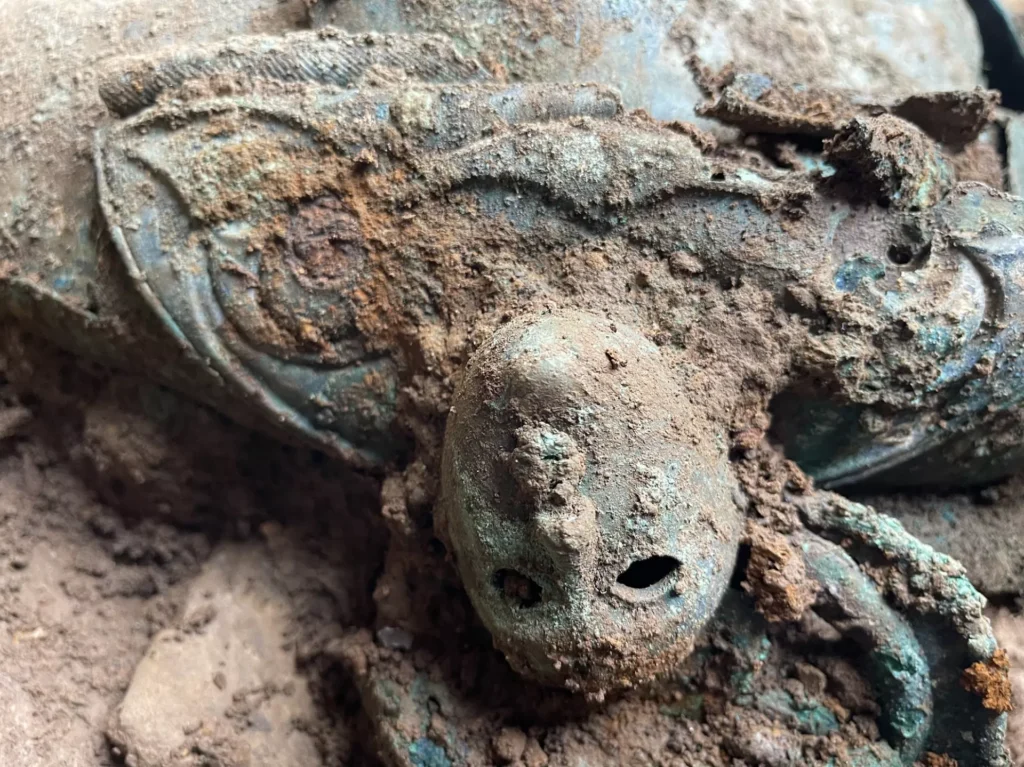Located in Ballıhisar village, 13 kilometers south of Sivrihisar on the Ankara-Eskişehir highway, Pessinus Ancient City hosts thousands of years of history hidden in the depths of Anatolia. This ancient city carries the traces of the past to the present with excavations started by Belgium Ghent University in 1967 and continued by Australia Melbourne University.
Center of the Cybele Cult: The Legacy of King Midas
Pessinus was one of the most important worship places of the Mother Goddess known as “Goddess Cybele” in ancient times. According to legends, it was established as the holy city of the Cybele cult by the legendary Phrygian King Midas in the 8th century BC. The city was home to Cybele’s sacred stone Agdos, and this stone was valuable enough to affect the fate of the Roman Empire. In 204 BC, by order of the Roman Senate, this sacred relic was moved from Pessinus to Rome and placed in the Temple of Cybele on the Palatine Hill. This event clearly reveals the religious and political importance of Pessinus in the ancient world.
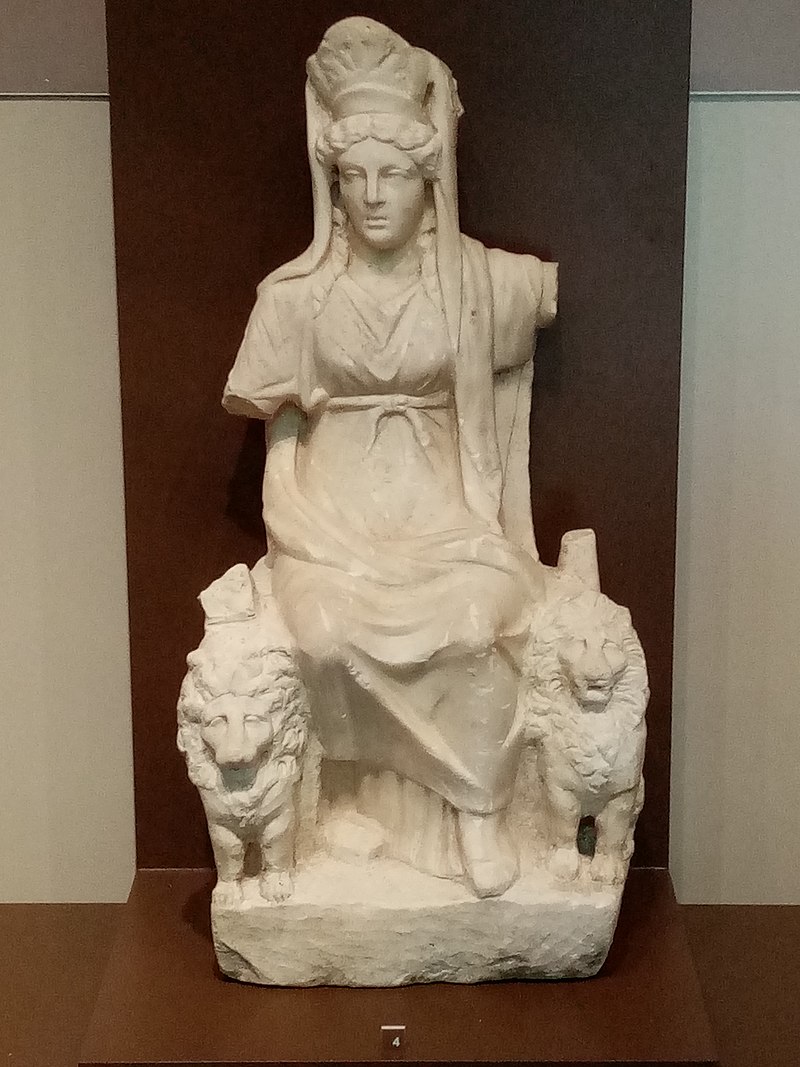
Traces of the Roman Empire: Temple City Pessinus
Pessinus experienced its most glorious period during the reign of Roman Emperor Augustus (27 BC – 14 AD). The magnificent temple, whose construction began after Augustus’ death, was completed during the reign of Emperor Tiberius. The city, which housed Cybele’s main temple, became a temple city by hosting ceremonies held for the mother goddess during that period. The Royal Road passing through the city maintained its importance in the Roman and Byzantine periods as it was a reliable and short route. In the Hellenistic period, the temple was restored, and a parliament building, stoa, canal, theater, and roads were built.
Archaeological Excavations and Historical Discoveries
The excavations, which were started by Belgium Ghent University in Pessinus in 1967 and lasted until 2008, were continued by Australia Melbourne University between 2009-2013. In the excavations, various structures, workshops, houses, and a church were unearthed in addition to the temple. Structures such as the theater, agora, and bouleuterion, as well as road remnants near the ancient city, were also reached. In addition, ceramics, sculptures, and other artifacts from the Phrygian period reveal the rich history of Pessinus.
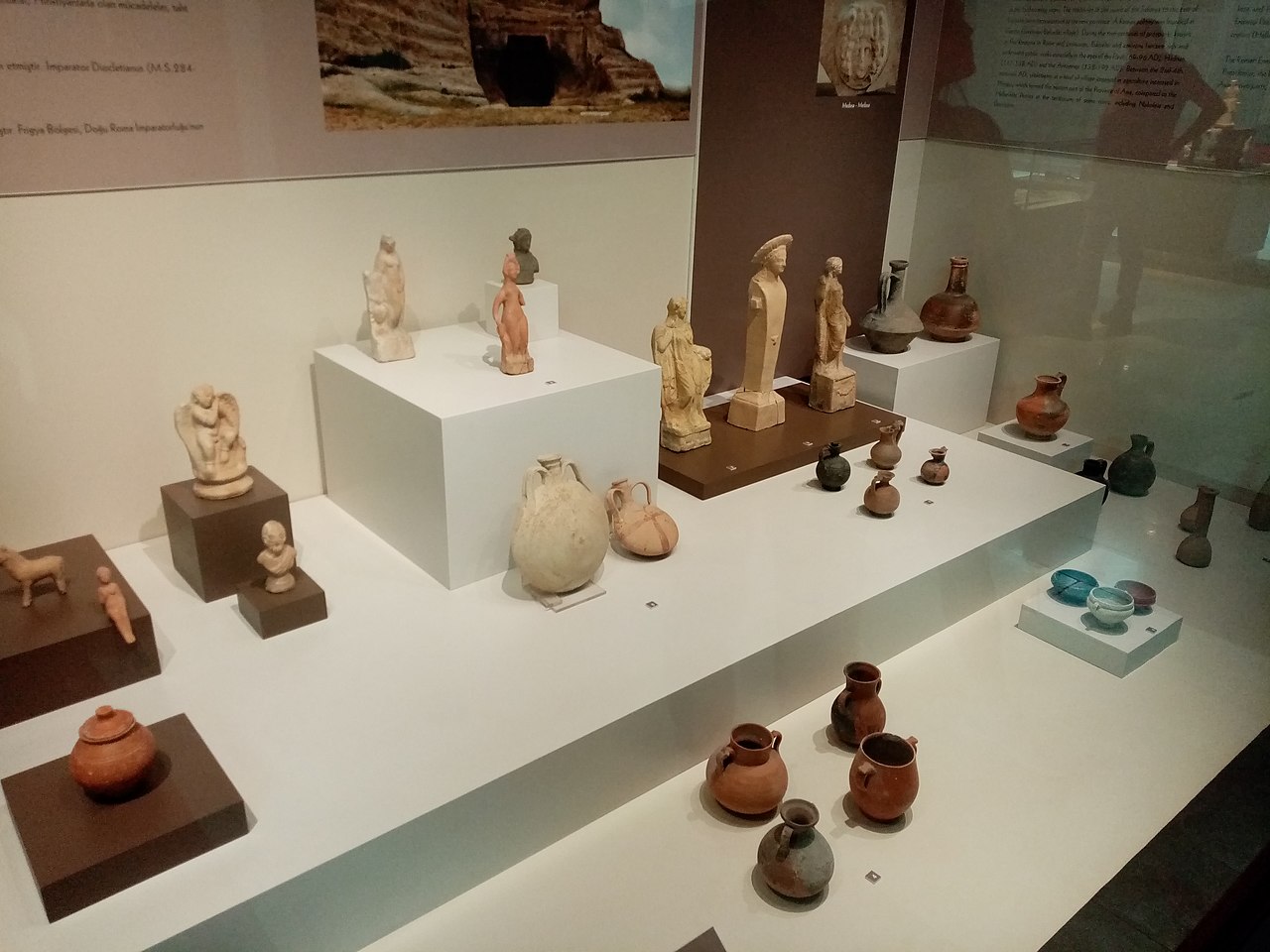
In 2025, the excavations in the ancient city will be carried out under the leadership of the ETİ Archeology Museum under the Pessinus Archaeological Excavation and Research (PAKA) and under the scientific consultancy of Assoc. Prof. Dr. Adem Yurtsever.
Pessinus’ Legacy and Exhibited Artifacts
The findings obtained from the excavations shed light on the history and culture of the city, while also increasing its tourism potential. Pessinus attracts both local and foreign visitors as the holy city of Cybele. The artifacts unearthed in the excavations are exhibited in the open-air museum established at the archaeological site and in the Eskişehir Eti Archeology Museum.
Cover Photo: Pessinus excavations

